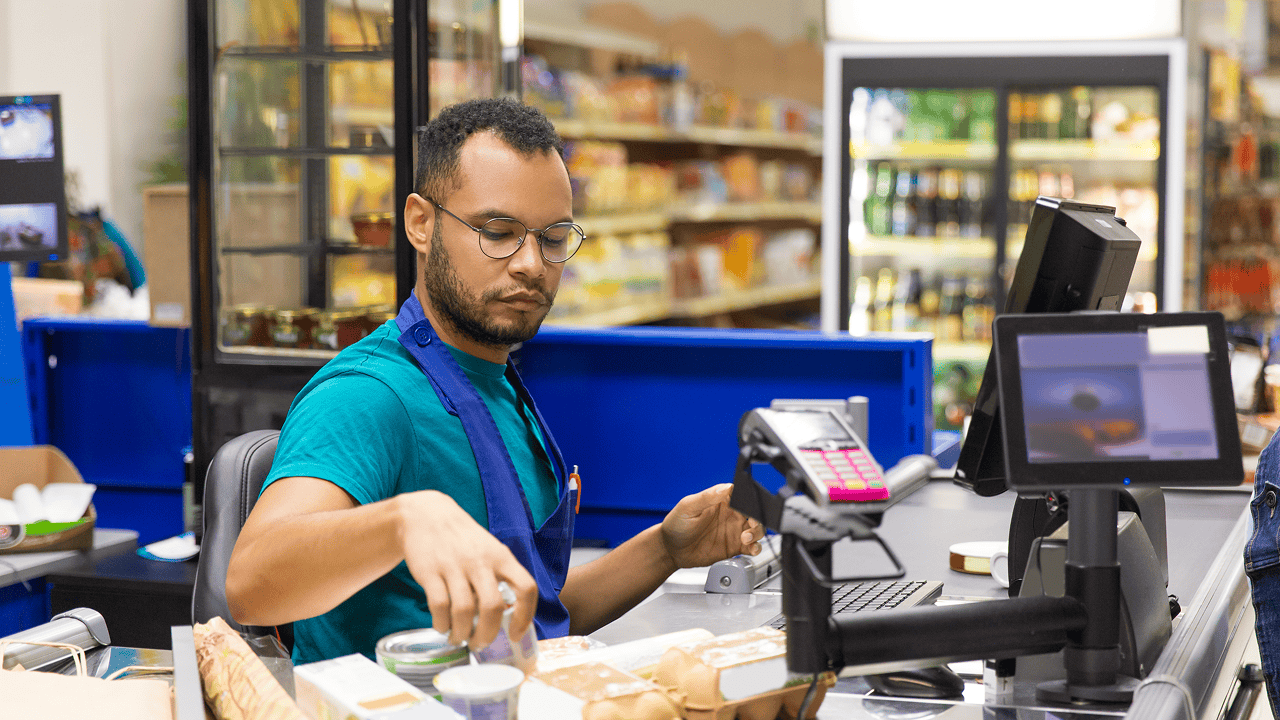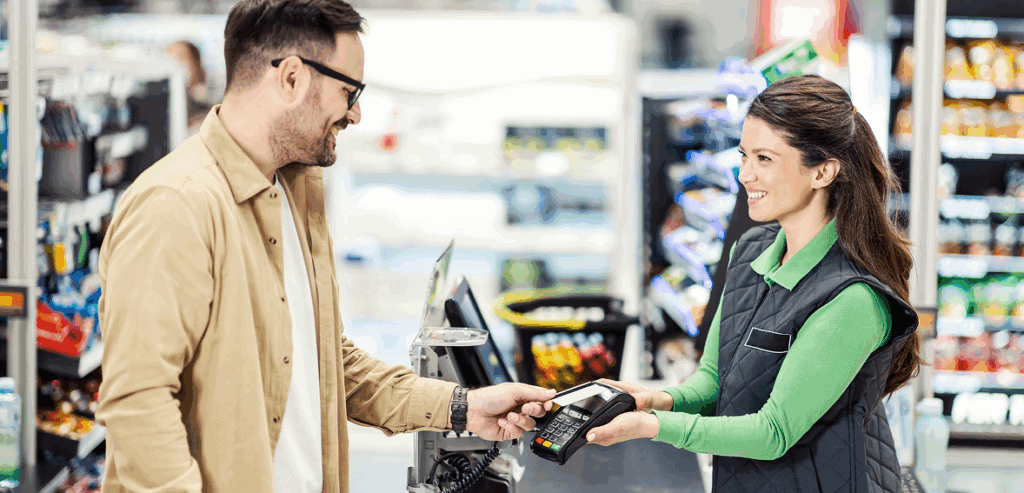
By Emelia Parsons August 11, 2025
As technology rapidly transforms the retail landscape, convenience stores across Texas are exploring new ways to streamline transactions. One of the most visible shifts in recent years is the rise of the cashless convenience store. By eliminating physical cash at checkout, these stores aim to increase speed, reduce shrinkage, and modernize customer experiences. But while the benefits of cashless operations are compelling, they also raise serious concerns about payment inclusivity, particularly for unbanked or underbanked individuals.
Texas, with its large and diverse population, sits at the center of this debate. Lawmakers, store owners, and consumers must carefully evaluate how to adopt efficient payment systems while still honoring the state’s broad socio-economic spectrum. Can stores truly go cashless without leaving anyone behind? Or is a hybrid approach the most sustainable path forward?
The Growth of Cashless Convenience Stores in Texas
Texas has long been a testing ground for retail innovation. The rise of mobile apps, self-checkouts, and digital loyalty programs has primed many convenience store chains to consider eliminating cash transactions altogether.
What Does “Cashless” Mean?
A cashless convenience store doesn’t accept coins or paper bills. Instead, it allows customers to pay using cards, mobile wallets, or contactless systems. Some stores integrate loyalty platforms and in-app payments for even faster checkout.
Why Convenience Stores Are Interested
Speed is a top driver. Card payments are processed faster than cash, especially when customers use tap-to-pay or in-app purchases. For busy urban areas or highway pit stops, every second saved adds up. Going cashless also reduces the need to handle, count, and secure physical cash, which can be labor-intensive and pose theft risks.
Examples from the Field
Across Texas cities like Austin, Dallas, and Houston, some retailers are piloting cashless formats in small urban stores or fuel station kiosks. These test locations often show reduced wait times, better data tracking, and cleaner daily close-outs.
Speed vs. Inclusivity: The Underlying Tension
Although the efficiency of digital payments is attractive, not every Texan has access to the financial tools needed to participate in a cashless convenience store environment.
Who Gets Left Out?
According to FDIC reports, Texas still has a significant population of unbanked customers — people without a checking or savings account. These individuals rely on cash to make everyday purchases. Others may have bank accounts but lack credit cards or struggle with digital literacy, limiting their ability to pay electronically.
Why Inclusivity Matters
Beyond ethics, payment inclusivity is increasingly a legal and regulatory issue. Cities and states are passing laws requiring businesses to accept cash, recognizing that access to goods and services should not depend solely on banking status or smartphone access.
Cultural and Demographic Factors
Texas is home to a wide range of communities, including low-income families, immigrants, elderly residents, and rural populations. A fully digital payment environment can unintentionally create barriers for many of these groups.
Understanding Cash vs. Card Trends

To better assess the landscape, it’s essential to understand the broader shift from cash to card and what the data shows about how Texans are paying.
Card Usage Is Rising
National and state-level data shows that debit and credit card use continues to grow, especially for smaller transactions. Tap-to-pay and mobile wallet use has also increased, driven by pandemic-related hygiene concerns and the convenience of not carrying physical currency.
But Cash Is Far from Dead
Despite the rise in electronic payments, many Texans still prefer or rely on cash. For some, it’s a budgeting tool. For others, it’s a necessity. Even in urban centers, cash remains an everyday payment method for vending machines, tolls, small groceries, and ride shares.
The Role of EBT and Government Benefits
Millions of Americans use EBT cards for food and basic needs. In Texas, c-store EBT acceptance plays a critical role in food access, especially in low-income areas. Eliminating cash without expanding support for EBT and similar programs risks cutting off vulnerable shoppers.
Legal Cash Acceptance in Texas
When businesses go fully cashless, they sometimes run into legal and policy barriers, especially in states like Texas.
Federal and State Perspectives
While federal law says U.S. currency is “legal tender,” there’s no federal requirement that private businesses must accept it. However, some states and cities have created rules mandating legal cash acceptance in physical stores.
Texas’s Current Stance
Texas has not enacted statewide mandates requiring stores to accept cash, but several municipalities are exploring ordinances to address this gap. The aim is to protect unbanked customers and ensure equal access to essential goods and services.
Compliance Matters
Retailers considering cashless models should track evolving policies and consult legal experts to ensure they are not violating local regulations or discriminating against protected populations.
Balancing Tech with Accessibility: Best Practices
For c-store operators looking to innovate without excluding customers, hybrid payment models may offer the best of both worlds.
Offer Multiple Options
One of the most effective ways to promote payment inclusivity is to accept both digital and traditional payment types. Support for cash, card, mobile apps, and c-store EBT acceptance creates a welcoming environment for all.
Use Tech to Educate, Not Alienate
Digital signage, training for staff, and in-store materials can help customers become familiar with mobile payments. But these tools should enhance experience, not replace access for those who prefer or require cash.
Equip with Scalable Solutions
Newer point-of-sale systems make it easy to toggle between cash and cashless settings. Investing in versatile infrastructure allows c-store owners to adapt to customer demand without committing to one rigid format.
How Going Fully Cashless Affects Store Operations

While speed is the obvious benefit, there are broader operational impacts of going cashless that must be considered carefully.
Inventory and Staffing
Digital payments allow for cleaner transaction data, which helps in restocking, sales analysis, and forecasting. However, without cash, employees may lose some training opportunities around financial responsibility and customer interaction.
Security Trade-Offs
Removing cash reduces the risk of theft and error, both at the register and during bank deposits. But it also shifts the security burden to cybersecurity. POS systems, apps, and card readers must be protected against fraud and breaches.
Community Perception
Especially in small towns and local neighborhoods, becoming a cashless convenience store may be viewed as elitist or exclusionary. Store owners should engage their communities and listen to concerns before making the switch.
The Future of Cashless in Texas C-Stores
Looking ahead, the trend toward digitization is unlikely to reverse. But how it unfolds in Texas will depend on consumer needs, legal frameworks, and retailer sensitivity.
Partial Cashless Models
Many stores may adopt a hybrid system — going cashless during late-night hours for safety, but accepting cash during the day. This creates flexibility while still offering choice.
Support from Government and Fintech
Fintech solutions are emerging that provide digital payment tools for the unbanked customer base. Partnerships between c-stores, banks, and fintech companies could drive more inclusive systems.
Advocacy and Industry Standards
As more businesses test these models, industry bodies may step in with guidelines to support payment inclusivity while embracing tech-driven progress.
Conclusion: Finding the Right Balance
There is no one-size-fits-all solution when it comes to payment models in Texas convenience stores. While the cashless convenience store format brings advantages like speed, safety, and modern appeal, it also introduces challenges that cannot be ignored. Inclusivity, legality, and community engagement must be central to any payment transition plan. Convenience stores sit at the intersection of technology and necessity. They serve diverse populations with differing levels of access and digital fluency. For this reason, the path forward should not be about choosing cash vs card trends, but about expanding the ways people can pay — while ensuring no one is left behind. For store owners, the message is clear: go cashless if it makes operational sense, but do it in a way that respects your entire customer base. Incorporating c-store EBT acceptance, understanding legal cash acceptance rules, and being mindful of unbanked customers are all part of building a fair and future-ready business.